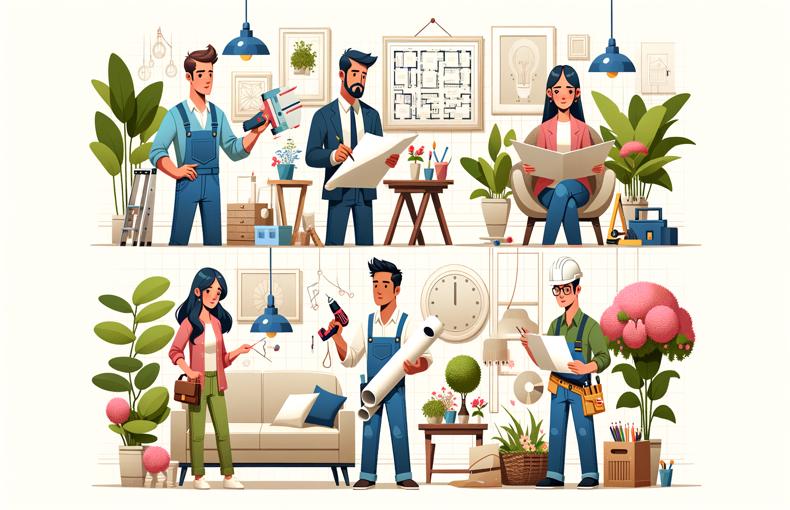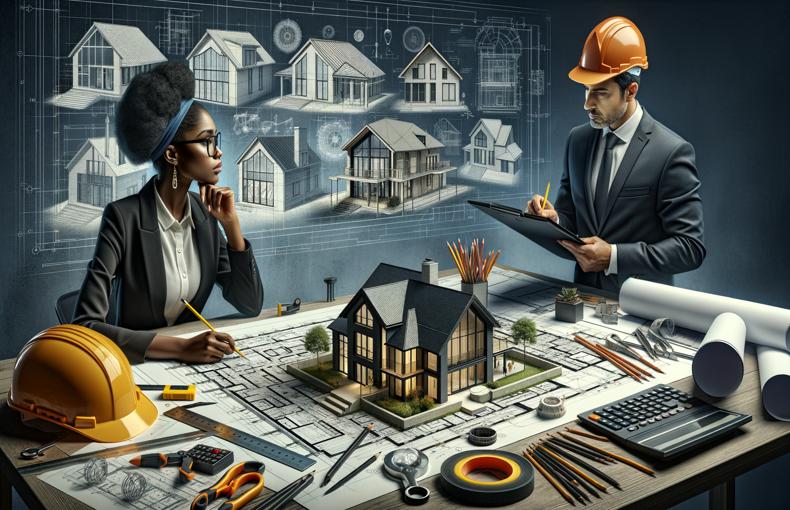The Ultimate Checklist for Designing Your Custom Home
Designing a custom home is a dream come true for many, but it can also be a complex and overwhelming process. To help you navigate this journey, we've put together the ultimate checklist for designing your custom home. This guide will ensure you cover all the essential aspects, from initial planning to final touches, to create a home that perfectly suits your needs and style.
1. Define Your Vision and Goals
- Determine Your Style: Identify your preferred architectural style, whether it’s modern, traditional, farmhouse, or a mix.
- Set Priorities: Make a list of must-haves and nice-to-haves. Consider your lifestyle and future needs.
- Establish a Budget: Define a realistic budget for your custom home, including construction costs, permits, and furnishings.
2. Choose the Right Location
- Research Neighborhoods: Consider factors such as schools, amenities, and commute times.
- Assess the Lot: Evaluate the size, shape, orientation, and topography of the lot. Consider sun exposure, views, and privacy.
- Check Zoning and Regulations: Ensure the lot is zoned for residential use and check any local building codes and restrictions.
3. Assemble Your Team
- Architect: Hire an architect experienced in custom home design to bring your vision to life.
- Builder: Select a reputable builder with a track record of quality work and reliable references.
- Interior Designer: Consider hiring an interior designer to help with space planning, finishes, and decor.
- Landscape Architect: Plan your outdoor spaces to complement the home’s design and maximize curb appeal.
4. Design the Floor Plan
- Functionality: Plan for a functional layout that suits your daily routines and lifestyle.
- Flow and Connectivity: Ensure smooth transitions between rooms and adequate circulation space.
- Future-Proofing: Consider future needs such as growing families, aging in place, or potential resale value.
5. Incorporate Energy Efficiency
- Insulation and Windows: Choose high-quality insulation and energy-efficient windows to reduce heating and cooling costs.
- HVAC Systems: Install energy-efficient heating, ventilation, and air conditioning systems.
- Renewable Energy: Explore options for solar panels or other renewable energy sources.
6. Select Materials and Finishes
- Durability and Maintenance: Choose materials that are durable and easy to maintain, especially in high-traffic areas.
- Aesthetics: Select finishes that reflect your style and create a cohesive look throughout the home.
- Sustainability: Opt for eco-friendly materials to reduce your environmental footprint.
7. Plan for Technology
- Smart Home Integration: Incorporate smart home systems for lighting, security, climate control, and entertainment.
- Wiring and Outlets: Plan for sufficient electrical outlets and wiring for all your devices and appliances.
- Home Office: Design a dedicated home office space with adequate connectivity and ergonomic furniture.
8. Consider Storage Needs
- Built-In Storage: Include built-in storage solutions such as closets, cabinets, and shelving.
- Attic and Basement: Utilize attic and basement spaces for additional storage.
- Garage and Outdoor Storage: Plan for garage storage and outdoor sheds for tools and equipment.
9. Focus on Outdoor Living
- Patios and Decks: Design outdoor living spaces for relaxation and entertainment.
- Landscaping: Plan landscaping to enhance curb appeal and create a pleasant outdoor environment.
- Outdoor Kitchens: Consider adding an outdoor kitchen or barbecue area for alfresco dining.
10. Stay Involved and Flexible
- Regular Check-Ins: Stay involved in the construction process with regular site visits and meetings with your team.
- Be Flexible: Be prepared to make adjustments as needed to stay on budget and address any unexpected challenges.
- Communicate Clearly: Maintain open communication with your architect, builder, and other professionals to ensure your vision is realized.
Conclusion
By following this comprehensive checklist, you can ensure that every aspect of your custom home design is carefully considered and executed. From defining your vision to selecting materials and planning for the future, this guide will help you create a home that is not only beautiful but also functional and tailored to your unique needs.













